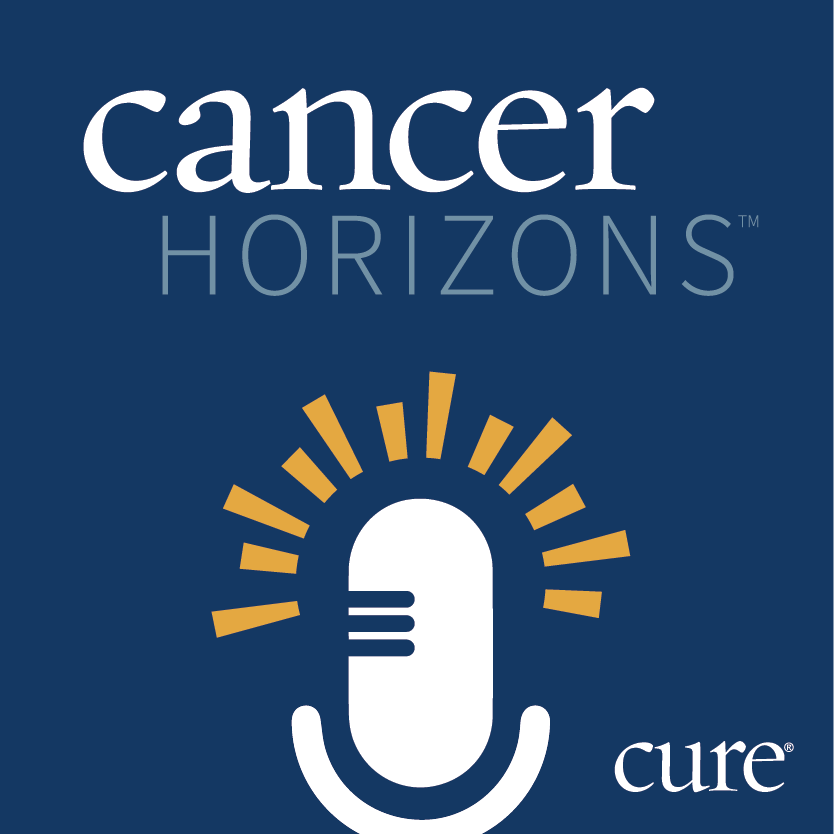Article
Kisqali Granted Breakthrough Therapy Designation for Breast Cancer Subset
Author(s):
Kisqali (ribociclib) was granted a breakthrough therapy designation by the Food and Drug Administration (FDA) to be used in combination with tamoxifen or an aromatase inhibitor (AI) in the frontline treatment of pre- or perimenopausal women who have hormone receptor-positive HER2-negative advanced or metastatic breast cancer.
Kisqali (ribociclib) was granted a breakthrough therapy designation by the Food and Drug Administration (FDA) to be used in combination with tamoxifen or an aromatase inhibitor (AI) in the frontline treatment of pre- or perimenopausal women who have hormone receptor-positive HER2-negative advanced or metastatic breast cancer.
The CDK4/6 inhibitor received the designation, which will expedite the review and potential approval, based on the phase 3 MONALEESA-7 trial. In the study, the median progression-free survival (PFS) was 23.8 months for women treated with Kisqali in combination with either tamoxifen or a nonsteroidal AI and Zoladex (goserelin), compared with 13 months for those who received the standard endocrine therapy plus placebo and Zoladex.
The phase 3 findings demonstrate for the first time that a CDK4/6 inhibitor is effective in younger patients who currently have few treatment options. The breakthrough designation will expedite the development and review of Kisqali in this setting.
"This breakthrough therapy designation reflects the significance and promise of the MONALEESA-7 data presented at SABCS last month," Samit Hirawat, M.D., head, Novartis Oncology Global Drug Development, said in a statement. "Younger women often have distinct treatment goals and needs, and it is important for oncologists to offer effective and well-studied treatment options for their specific disease. We look forward to working with the FDA to make this combination therapy available to premenopausal women living with HR+/HER2- advanced breast cancer in the United States as soon as possible."
The MONALEESA-7 trial randomized 672 premenopausal or perimenopausal women with HR-positive/HER2-negative advanced breast cancer to Kisqali in combination with tamoxifen or an AI — Femara (letrozole) or Arimidex (anastrozole) – plus Zoladex (335 patients) versus endocrine treatment plus Zoladex (337 patients). The patients ranged from 25 to 58 years in age and had not previously received endocrine therapy for advanced disease.
The experimental regimen consisted of daily oral administration of Kisqali at 600 mg; tamoxifen at 20 mg, or letrozole at 2.5 mg, or anastrozole at 1 mg; and a subcutaneous injection of Zoladex at 3.6 mg once every 28 days. Kisqali treatment was administered for three weeks followed by one week off.
For patients who received the regimen containing Kisqali and tamoxifen, the median PFS was 22.1 months compared with 11 months for the placebo arm. Combining Kisqali with an AI resulted in 14-month improvement in median PFS compared with an AI alone.
The overall response rate was 51 percent versus 36 percent in favor of the experimental arm. Patient-reported outcomes showed that Kisqali was associated with a statistically significant improvement in time to deterioration, as well as a durable, clinically meaningful reduction in pain score as early as eight weeks after initiation.
Neutropenia was the most frequently reported adverse event (AE) for both the experimental arm (76 percent) and the placebo arm (8 percent) in updated safety results. Six in 10 patients in the Kisqali arm experienced grade 3/4 neutropenia compared with 4 percent in the placebo arm, but the condition was asymptomatic in most patients. Two percent of patients in the experimental arm and 1 percent in the placebo arm experienced neutropenia associated with fever and infection.
Other AEs included hot flashes, nausea, leukopenia and joint pain/stiffness. AEs leading to discontinuation of treatment occurred in 3.6 percent of the Kisqali arm compared with 3 percent in patients who received endocrine therapy alone. The most common (5 percent or greater) grade 3/4 AEs in patients receiving Kisqali combination therapy compared to endocrine therapy alone were neutropenia (60.6 percent vs 3.6 percent) and leukopenia (14.3 percent vs 1.2 percent)
Kisqali is currently approved by the FDA for use in combination with an aromatase inhibitor for the frontline treatment of postmenopausal women with hormone-receptor—positive, HER2-negative advanced breast cancer.



